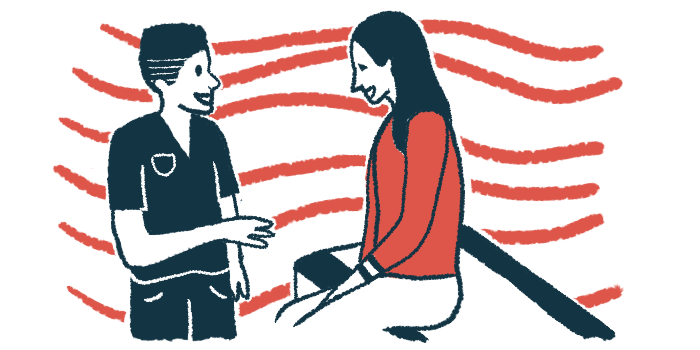The idea that plastic surgery is dangerous for people with hyperactive Ehlers-Danlos syndrome (hEDS) is challenged in a report of four women with the disorder who underwent a successful breast lift or reduction without additional complications.
“A diagnosis of hEDS is not a contraindication to surgery, and acceptable outcomes can be achieved,” the researchers wrote in an article.Breast surgery in patients with hyperactive Ehlers-Danlos syndrome”, published on Journal of Plastic, Reconstructive & Aesthetic Surgery.
People with hEDS have hypermobile joints, or joints that move beyond their normal range of motion, often causing dislocations and long-term pain. Their skin can be stretchy and they tend to bruise and bleed easily.
People with hyperactive EDS often experience pain from large breasts
Patients with hEDS often have worsening symptoms of macromastia or breast enlargement. Although patients with mild hEDS potentially benefit more from surgery than people without the disease, “surgeons are often reluctant to operate on patients with hEDS because of potential complications of wound healing, tissue loosening [loose tissue], or bleeding,” the researchers wrote. “However, the benefits of surgery likely outweigh the risks.”
Their report described four women with hEDS who underwent plastic surgery for breast droop (saggy breasts) or macromastia. The women were 18 to 42 years old and were followed for at least three months after surgery.
A woman, 22 years old, underwent a bilateral mastopexy, or lift of both breasts. Despite the spit suture, a common complication of skin or plastic surgery when the body rejects an absorbable suture out of the wound, she was pleased with the outcome of the surgery.
Three women underwent bilateral reduction mastoplasty or reduction of both breasts. The amount of breast tissue removed ranged from 375 to 1,011 grams (about 0.8 to 2.2 pounds). No complications were reported.
All patients showed improvement, if not resolution, of neck, back, and shoulder pain.
hEDS patients satisfied with the results of their breast surgery
“Despite having hEDS, the patients in this study did not experience wound healing complications or poor scarring and were satisfied with the results of their surgeries,” the researchers wrote.
In women with macromastia, the weight of the breasts can weigh on the neck, shoulders and back, causing discomfort and pain. All three women who underwent breast reduction were satisfied with the results of their surgery and experienced pain relief.
“All patients experienced improvement, if not resolution, of neck, back, and shoulder pain that persisted during the postoperative period of at least three months,” the researchers wrote.
Although the number of cases is small, the report “highlights the fact that patients with a diagnosis of hEDS and/or mild disease manifestations can successfully undergo surgery,” the researchers concluded.


